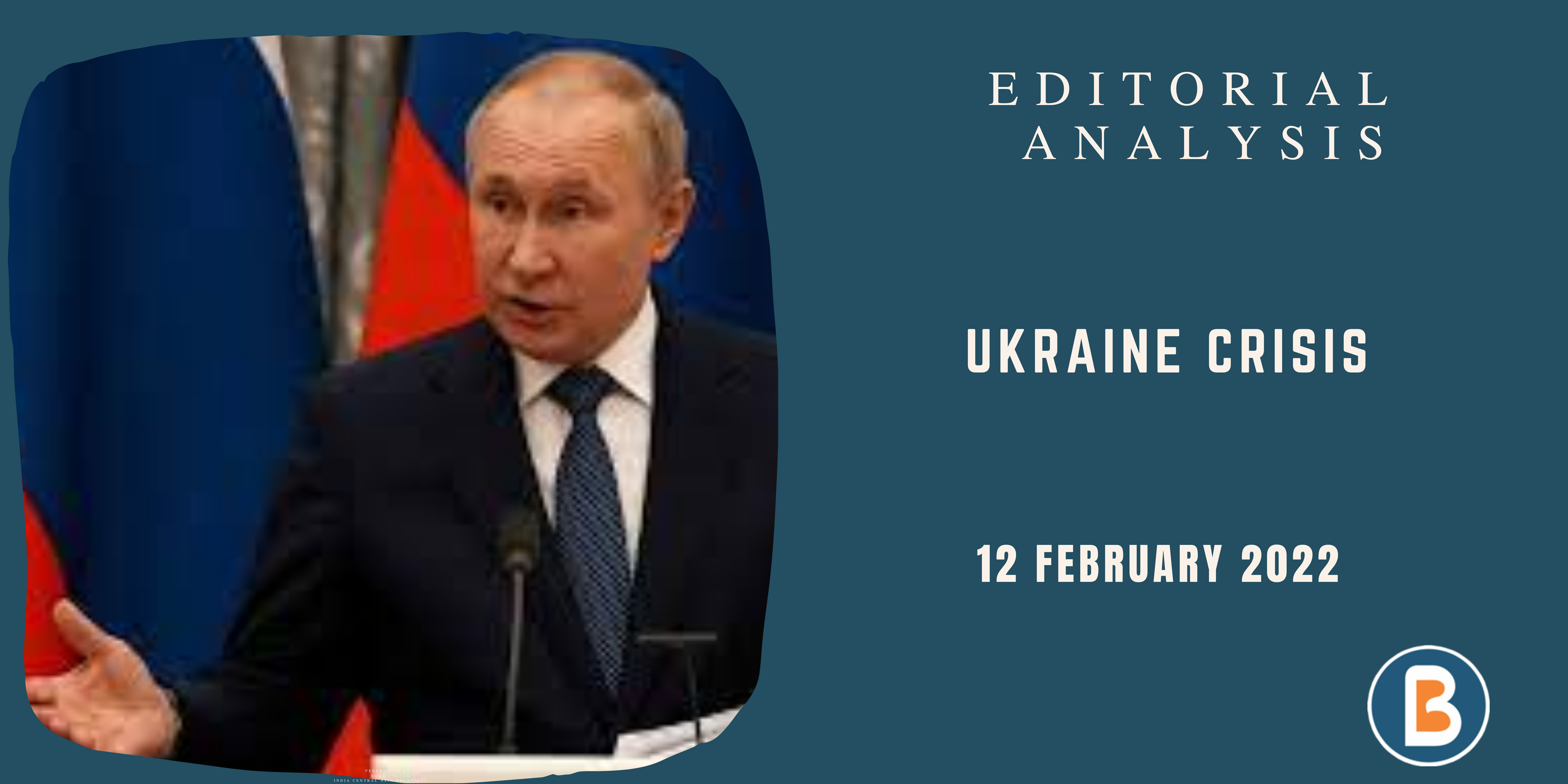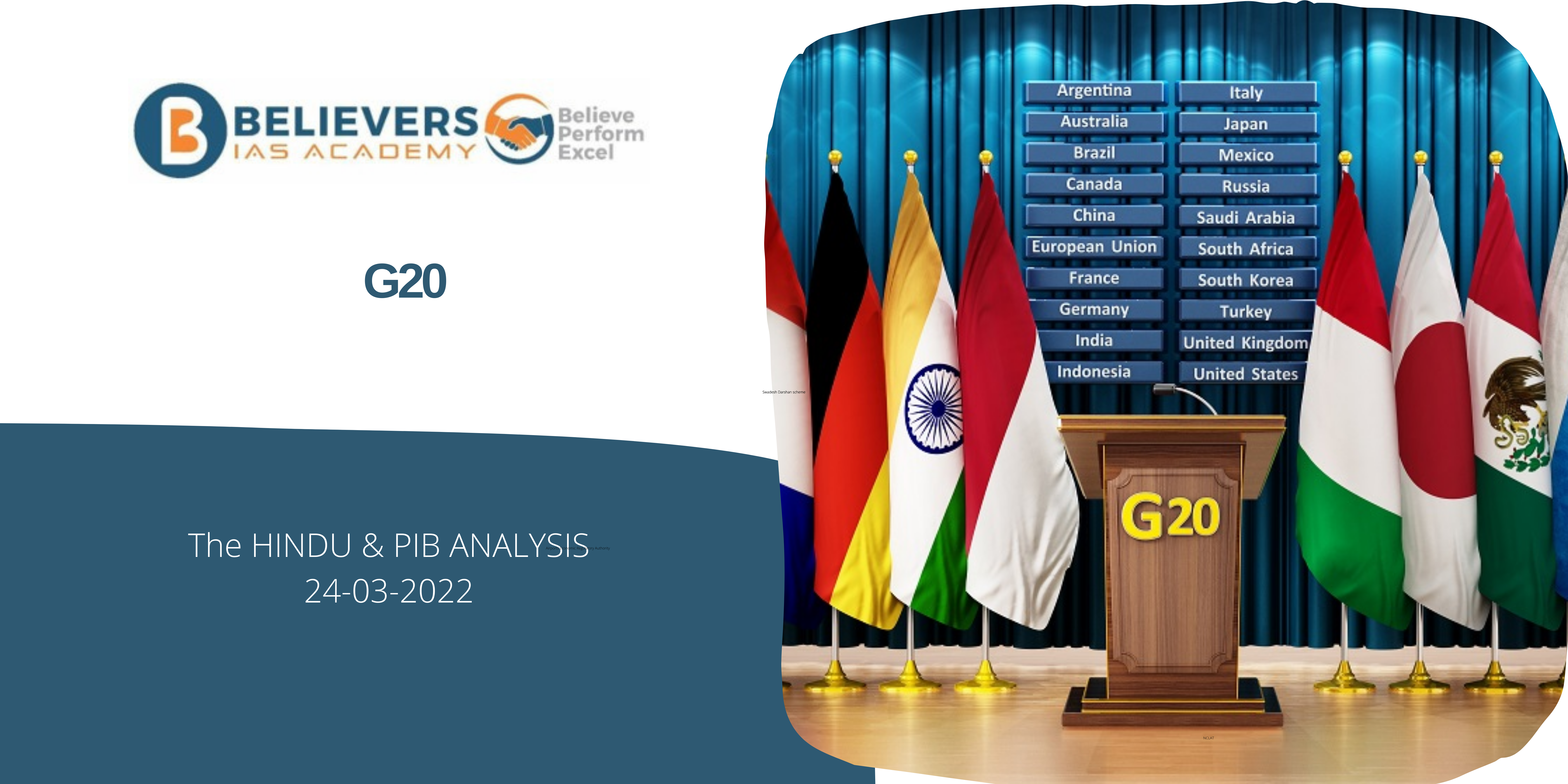The outline of an essential global pandemic treaty
For Mains
The need for a global treaty on Pandemics
- In a globalised world, any disease which originates in any part of the world can spread through out the globe if few conditions are met. The number of global pandemics are on the rise such as World Health Organization (WHO) declared the monkeypox outbreak as a Public Health Emergency of International Concern (PHEIC) with over 32,000 cases from over 80 countries (August 2022).
- As seen during the Covid Pandemic, in many countries, health-care systems have been stretched beyond their capacity and gross health inequity has been observed in the distribution of vaccines, diagnostics, and therapeutics across the world.
- The monopolies held by major pharma companies such as Pfizer, BioNTech, and Moderna have created at least nine new billionaires since the beginning of the COVID-19 pandemic and made over $1,000 a second in profits, even though fewer of their vaccines reached people in low-income countries.
- As of March 2022, only 3% of people in low-income countries had been vaccinated with at least one dose, compared to 60.18% in high-income countries.
- The international target to vaccinate 70% of the world’s population against COVID-19 by mid-2022 was missed because poorer countries were at the “back of the queue” when vaccines were rolled out.
- When world leaders pledged €7.4 billion ($8.07 billion) in a digital fundraiser for developing a coronavirus vaccine and treatments, the United States did not send any representative Thus, inequality has also been prolonging the course of the pandemic.
What has India done
- India produces nearly 60% of the world’s vaccines and is said to account for 60%-80% of the United Nations’ annual vaccine procurement and initiated “vaccine diplomacy” or “vaccine maitri” with a commitment against health inequity.
- India was resolved to continue the shipment of vaccines and other diagnostics even when it was experiencing a vaccine shortage for domestic use. There was only a brief period of weeks during the peak of the second wave in India when the vaccine mission was halted.
- As of 2021, India shipped 594.35 lakh doses of ‘Made-in-India’ COVID-19 vaccines to 72 countries as a classic example of global cooperation. Among these, 81.25 lakh doses were gifts, 339.67 lakh doses were commercially distributed and 173.43 lakh doses were delivered via the Covax programme under the aegis of Gavi, the Vaccine Alliance.
- India along with South Africa in October 2020 moved a proposal in the World Trade Organization (WTO) ‘to allow all countries to choose to neither grant nor enforce patents and other intellectual property related to COVID-19 drugs, vaccines, diagnostics and other technologies for the duration of the pandemic, until global herd immunity is achieved’. Despite opposition from the developed nations and pharma companies, this succeeded in June 2022 and IP rights were watered down for Covid Vaccines.
What can be done
- A treaty, if created, should cover crucial aspects such as data sharing and genome sequencing of emerging viruses.
- It should formally commit governments and parliaments to implement an early warning system and a properly funded rapid response mechanism.
- Further, it should mobilise nation states to agree on a set of common metrics that are related to health investments and a return on those investments which are aimed to reduce the public-private sector gap.
- Finally, a global pandemic treaty should not only reduce socioeconomic inequalities across nation states but also enhance a global pandemic preparedness for future health emergencies.
Source The Hindu
For more updates, Click Here




